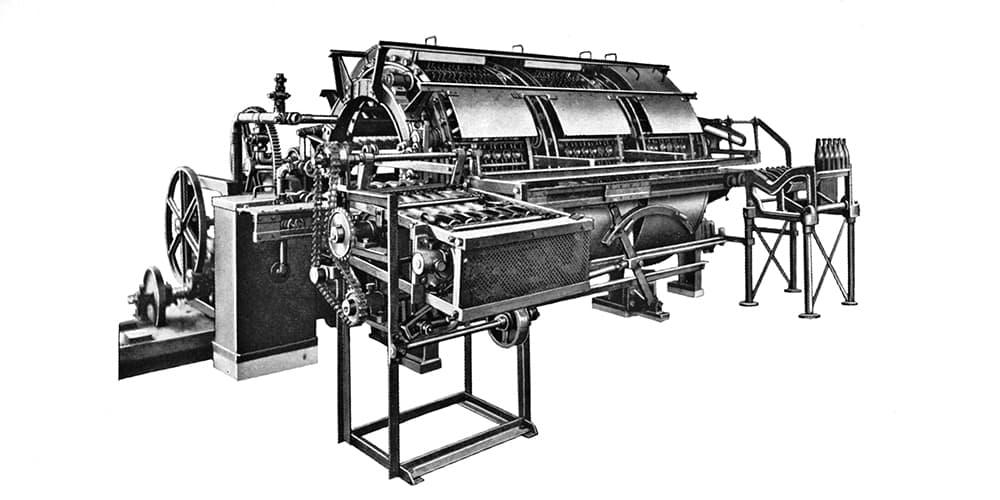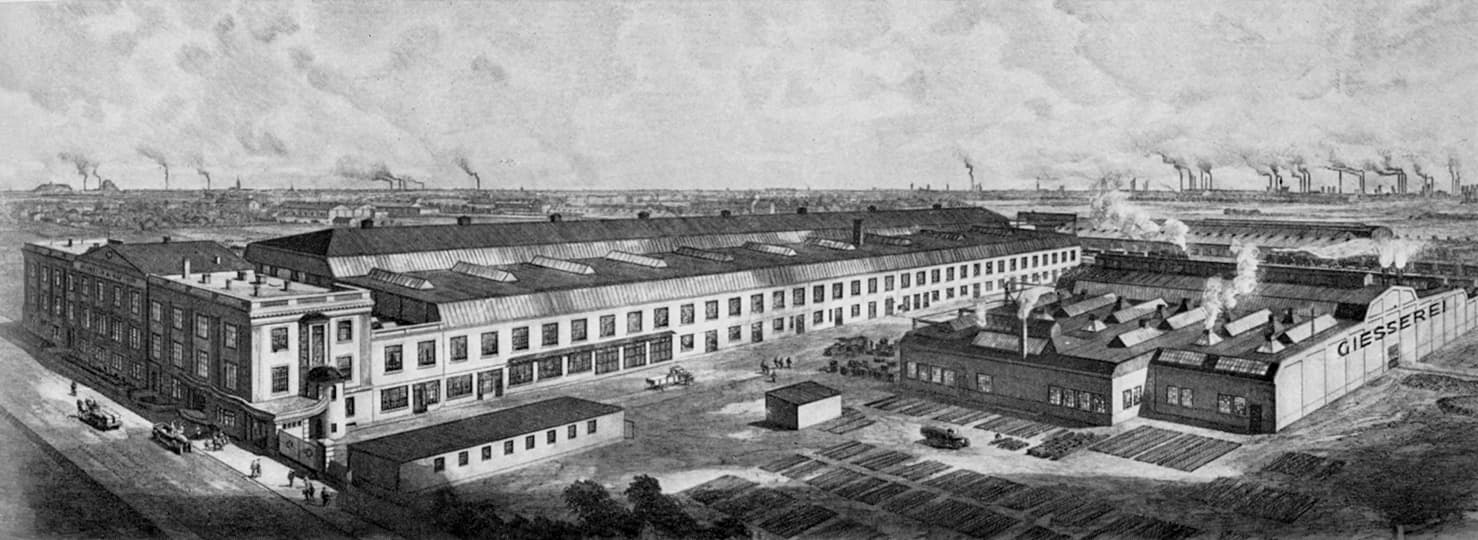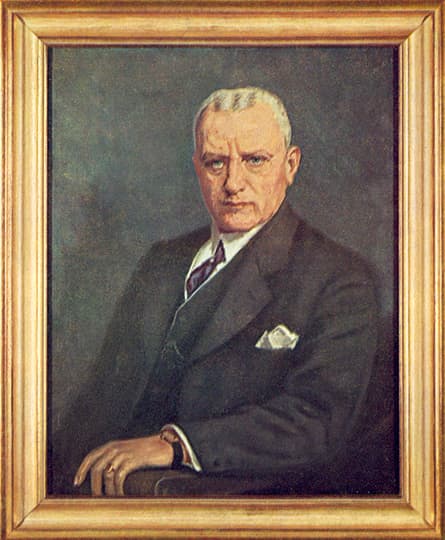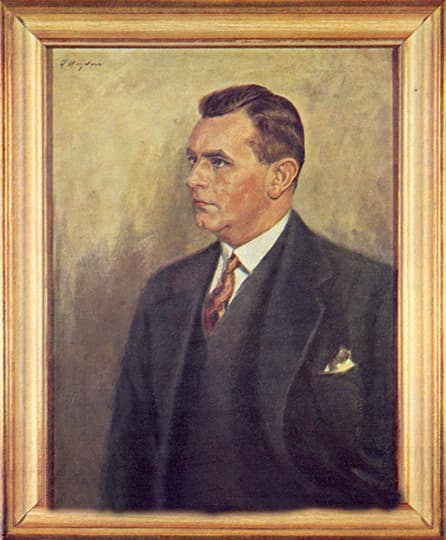1920
There is much unrest during the Ruhr Uprising in March and April. Carl Petersen, the first technical managing director of Holstein & Kappert, is one of the victims: he is shot dead.
1922
The first Novissima washing machine conquers the market: in October it is presented for the first time at an event hosted by the Research Institute for Brewing and Malting Technology (VLB) in Berlin.

1925
New plant at a permanent site: Holstein & Kappert opens a factory on Juchostraße in Dortmund-Wambel. This is where KHS’ headquarters are still located.

1927
Seasoned expert comes aboard: Karl Fehrmann, lecturer at the VLB for 30 years and successful author of numerous specialist publications, joins the company as its technical director.
1928
Successful premiere: the turnkey bottled milk system achieves a breakthrough. Holstein & Kappert presents one of these machines at an exhibition staged by the German Agricultural Society in Dortmund, marking the start of 20 successful years in the dairy industry.
1935
Justus Holstein dies. The son of one of the founders and managing director of Holstein & Kappert for almost 25 years dies in a car accident.

1936
Holstein & Kappert develops the Supra-Platte which permanently changes and influences the dairy market in Germany. The heat exchange panel is made of stainless steel and is a real innovation in the way milk is heated.

1936
Max Lübbert dies. The managing director was Fritz Kappert’s son-in-law and the last direct representative of the Holstein & Kappert founder families.

1939
During the Second World War the company’s original production lines grind to an almost complete halt. Instead, munitions such as shells and bombs are made. At the end of the Second World War 80% of the Holstein & Kappert factory is in ruins.
1945
The occupying British forces grant Holstein & Kappert a “special permit for the manufacture of dairy machines”.
1948
Switch from management to supervisory board: Karl Fehrmann is a member of the supervisory board at Holstein & Kappert until his death in 1966.
1953
Holstein & Kappert recognizes the value of customer communication and publishes the first edition of its customer magazine under the title of “New machinery and improvements”.
1954
A six-year period without a managing director comes to an end: Karl Plock succeeds Karl Fehrmann as technical director. Under his aegis the Novissima is superseded by the Omega chain machine.
1957
Holstein & Kappert develops two innovative technologies which quickly establish themselves on the market and are still in use today: the hot fill process for carbonated products and the pre-evacuation method for the bottling of beer.
1962
Attention turns to Brazil: in August Holstein & Kappert becomes the majority shareholder of an engineering works in São Paulo. What is now KHS Indústria de Máquinas Ltda. is still part of the company.
1968
Many reasons to celebrate: Holstein & Kappert is 100 years old. The successful company now has 12 branches and factories within Germany, 14 subsidiaries and partners in Europe and nine overseas.